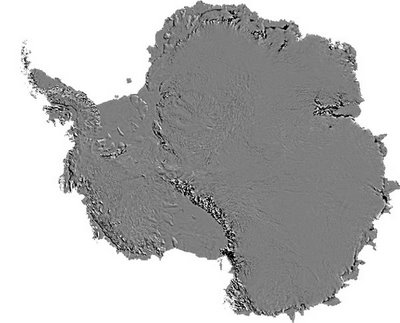
[Image: Courtesy of NASA's Earth Observatory].
There are a wide variety of overlooked and forgotten ways in which humans participate with, and alter, the biological systems around them. A few seeds, trapped in the soles of our shoes, can cross oceans with us in airplanes, bringing gardens, and weeds, and parasite species, to the other side of the earth; trace amounts of infectious diseases can cling to our clothes and decimate livestock several nations away; snakes, rats, spiders, mosquitoes – all can easily ride the ships and planes of globalization.
Our economy is crowded with invasive stowaways intent on surviving elsewhere – even if survival means irretrievably altering the new host environment.
In other words, travel itself can be something of a biological activity: we do the migratory work of other species for them. We take them with us. Importations of even the smallest microbe can sufficiently alter an ecological niche, opening it up to further changes – then compounding over time into whole new landscapes. What would happen naturally is accelerated: a thousand years in a decade.
It shouldn't surprise us, then, to learn that strange things are afoot in Antarctica.
(To read more, you'll have to visit WorldChanging – for whom this post was originally written).
No comments:
Post a Comment